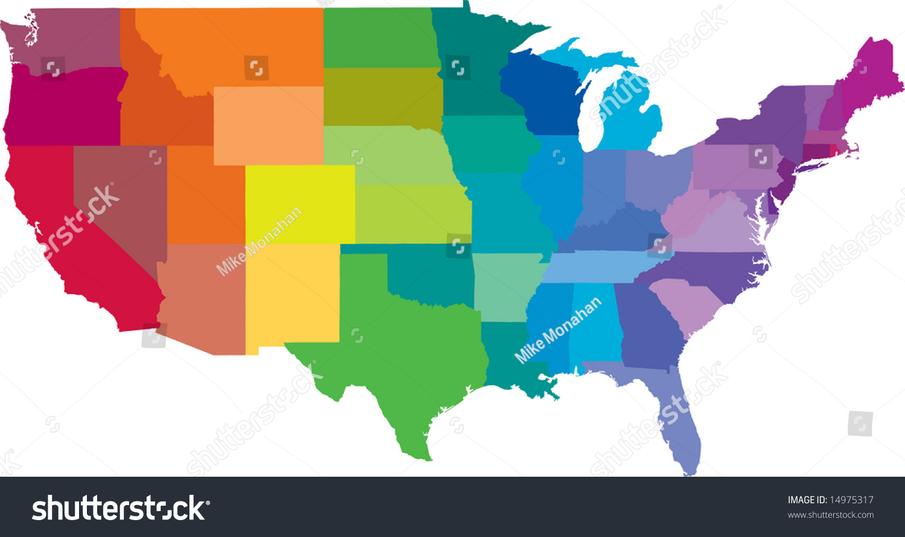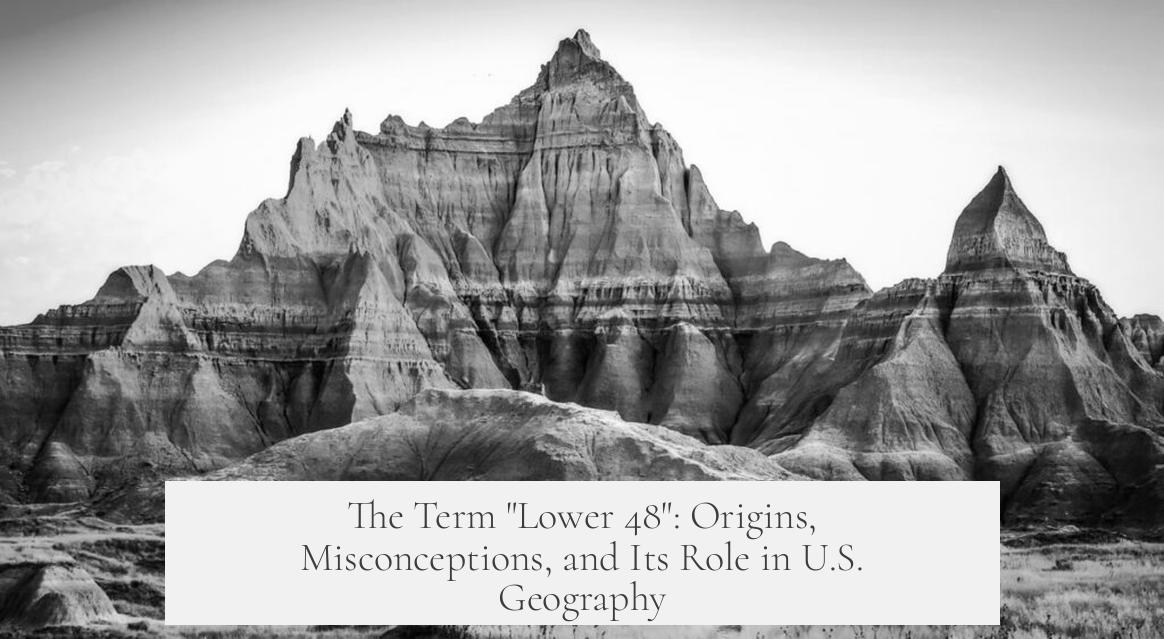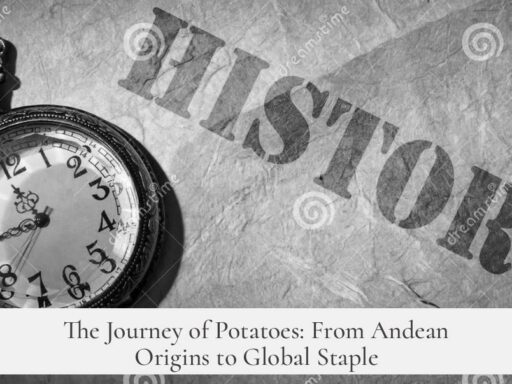The term “Lower 48” comes from an Alaskan viewpoint and historically referred to the 48 states that made up the United States before Alaska and Hawaii became states in 1959. It describes the continental U.S. excluding Alaska, and commonly excludes Hawaii due to its geographical and political separation. Maine is included as part of the Lower 48, not excluded.

The phrase “Lower 48” originates from residents of Alaska who distinguished their state from the rest of the country. Before 1959, the U.S. consisted of exactly 48 states, making the term literal and clear. Hawaii was a U.S. territory then and not counted among those states. After Alaska and Hawaii joined the Union in 1959, the term continued out of habit but still referred primarily to the original continental states minus Alaska.
Maine remains part of the Lower 48. Although some might assume “lower” excludes northern states, Maine is geographically lower than Alaska. This is an Alaskan perspective rather than a strict geographic latitude comparison. Some states like Minnesota lie further north than Maine, but this does not affect Maine’s inclusion.

Hawaii’s geographical isolation in the Pacific Ocean and distinct culture often leads to its separate mention, such as “the Lower 48 and Hawaii.” This phrasing helps clarify Hawaii’s unique position while acknowledging it is part of the United States. The term “Lower 48” generally does not include Hawaii due to this separation.
Over time, “Lower 48” has entered broader American usage. The original Alaskan context is less known, and the term is widely used to mean the continental United States, especially in transportation, logistics, and cultural references. Alternatives like “the States” or “Outside” appear among Alaskans as well but carry slightly different nuances.

| Term | Meaning |
|---|---|
| Lower 48 | The 48 continental states excluding Alaska (pre-1959 literal count) |
| Hawaii | Often mentioned separately due to geographic and political differences |
| Maine | Included in the Lower 48; not excluded |
- The term “Lower 48” started as an Alaskan way to refer to the continental U.S.
- Before 1959, the U.S. had 48 states; Hawaii was a territory and excluded.
- Maine is part of the Lower 48 as understood from Alaska.
- Hawaii is usually treated separately because of location and history.
- The term now is widely used beyond Alaska with diminished awareness of its origin.
The Curious Case of the “Lower 48”: How Did This Term Come to Define the Continental U.S.?
So, how did the term “Lower 48” come to describe the continental United States? Simple, really: It’s an Alaskan point of view born before Hawaii became a state, referring to the 48 contiguous states that lie south of Alaska—and yes, Maine is very much included. But let’s peel back the layers of this phrase, reveal its quirky Alaskan origins, and clear up some common misconceptions along the way.

Ever wondered why people often mention “the Lower 48” but rarely include Hawaii? Or why Maine—far from any southern state—is solidly part of this group? Buckle up, because this phrase has some fun geography and history behind it that’ll make you smile.
Alaska’s Insider Speak: The Birth of “Lower 48”

The phrase “Lower 48” originally springs from the perspective of Alaskans. Imagine living in the Last Frontier and looking south toward the rest of the country. Those 48 states—before 1959—were simply “down there,” or “lower.” Alaska, towering above the rest, needed a handy term to lump the rest together, and “Lower 48” stuck.
This term made perfect sense at the time. In fact, it only makes sense if you picture the nation from Alaska’s viewpoint, not the usual, continental one. Hawaii, back then, was just a territory, so it didn’t enter the conversation much.

This Alaskan perspective offers a neat clarity: “Lower” here describes latitude, but mainly relative position—southbound from Alaska—rather than strict map coordinates or geographic size.
Maine’s Inclusion and the Map Perspective

Now, hold on—Maine is pretty far north, right? You’d think it might be excluded from the “Lower 48,” given the name, but nope. Maine is part of these 48 states. From Alaska’s vantage, Maine is indeed “lower” because it’s south of the Alaskan landmass.
Here’s a fun fact: some parts of Minnesota stretch further north than Maine. But maps tend to center on the Midwest, warping our sense of who’s northernmost. The “Lower 48” is less about exact latitude and more about distinguishing Alaska and its unique location from the rest of the U.S.
Hawaii: The Pacific Outlier
Hawaii adds a twist. Even after becoming a state in 1959, it often stands apart in this terminology. Why? Geography and culture. Located in the central Pacific, Hawaii isn’t connected to the continental landmass in any way.
Alaskans and many mainlanders often say “the Lower 48 and Hawaii” to differentiate. It’s not a slight—just an acknowledgment of Hawaii’s unique spot on the map.
Popular Use and Misuse of “Lower 48”
Originally, the phrase “Lower 48” was strictly Alaskan slang. In Alaska, it was normal, like calling your hometown “the city.” But as Alaska’s culture mingled with the rest of the U.S., the phrase spread.
Today, many Americans toss the term around without knowing its roots. You see it in news reports, casual conversations, and social media. Some Alaskans—aware of this—wish the original usage stuck mainly to their state. A defunct National Geographic style guide once advised that “Lower 48” be reserved for Alaskan contexts only.
Yet, the phrase is too catchy and entrenched to disappear. It’s like “Xerox” becoming synonymous with photocopying, even when not accurate. The term’s popularity is proof of how language evolves—and how cultural phrases slip sideways into everyday talk.
Other Alaskan Terms: “The States” and “Outside”
For those curious about other Alaskan vernacular: locals often use “the States” similarly, referring to the rest of the U.S., or “Outside”—capital O—as slang for anywhere not Alaska, including Alaska’s own Lower 48.
But “Lower 48” sticks out. It neatly encapsulates the continental U.S. without Alaska and often without Hawaii. This specific boundary in language reflects geographic, cultural, and historical realities unique to Alaska’s place in the nation.
Why Does It Matter? Practical Takeaways
You might wonder why this matters beyond trivia. Well, understanding the term’s origin helps navigators, travelers, students, and even marketers speak clearly.
- For travelers, especially Alaskans, saying “I’m headed to the Lower 48” signals a journey to the contiguous states, possibly for visa paperwork, shipping items, or just visiting family.
- For educators and students, it’s a reminder that geographic terms often come with historical context and aren’t always literal.
- Marketers can appreciate how regional language informs branding and local identity, important for messaging in Alaska versus the rest of the U.S.
Wrapping It Up
The term “Lower 48” is an Alaskan-born phrase from a time when America literally had 48 states. It includes Maine because that state is “lower” than Alaska, even if it’s quite north by general standards. Hawaii, given its unique location and relatively recent statehood, remains the island outlier mentioned separately. The phrase has since grown beyond Alaska, embedding itself within U.S. culture with a quirky story attached.
So next time you hear “Lower 48,” picture an Alaskan gazing southward across thousands of miles of rugged wilderness and thinking: “There’s the rest of us.” It’s a phrase born in perspective, geography, and a little bit of frontier humor. And yes, it totally makes sense once you know the backstory.
“Language is geography’s best storyteller.”
Now, have you ever used the term “Lower 48” yourself? Did you know its roots? It’s fascinating what phrases slip into everyday use, isn’t it? Share your thoughts or local linguistic gems in the comments!




